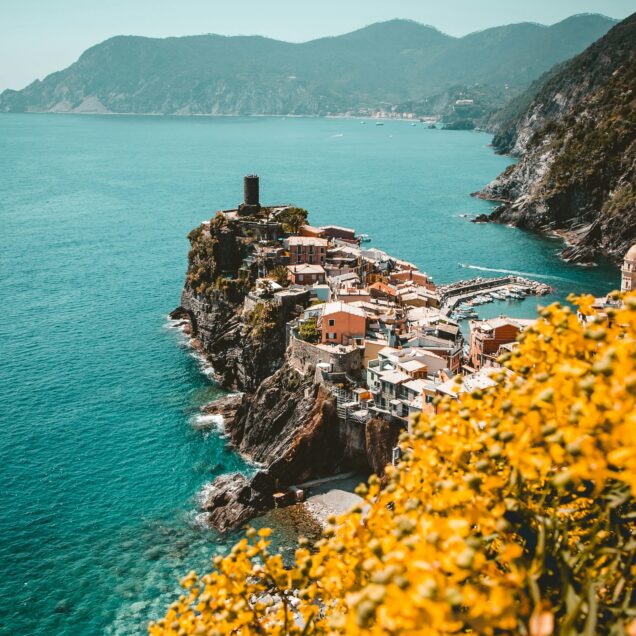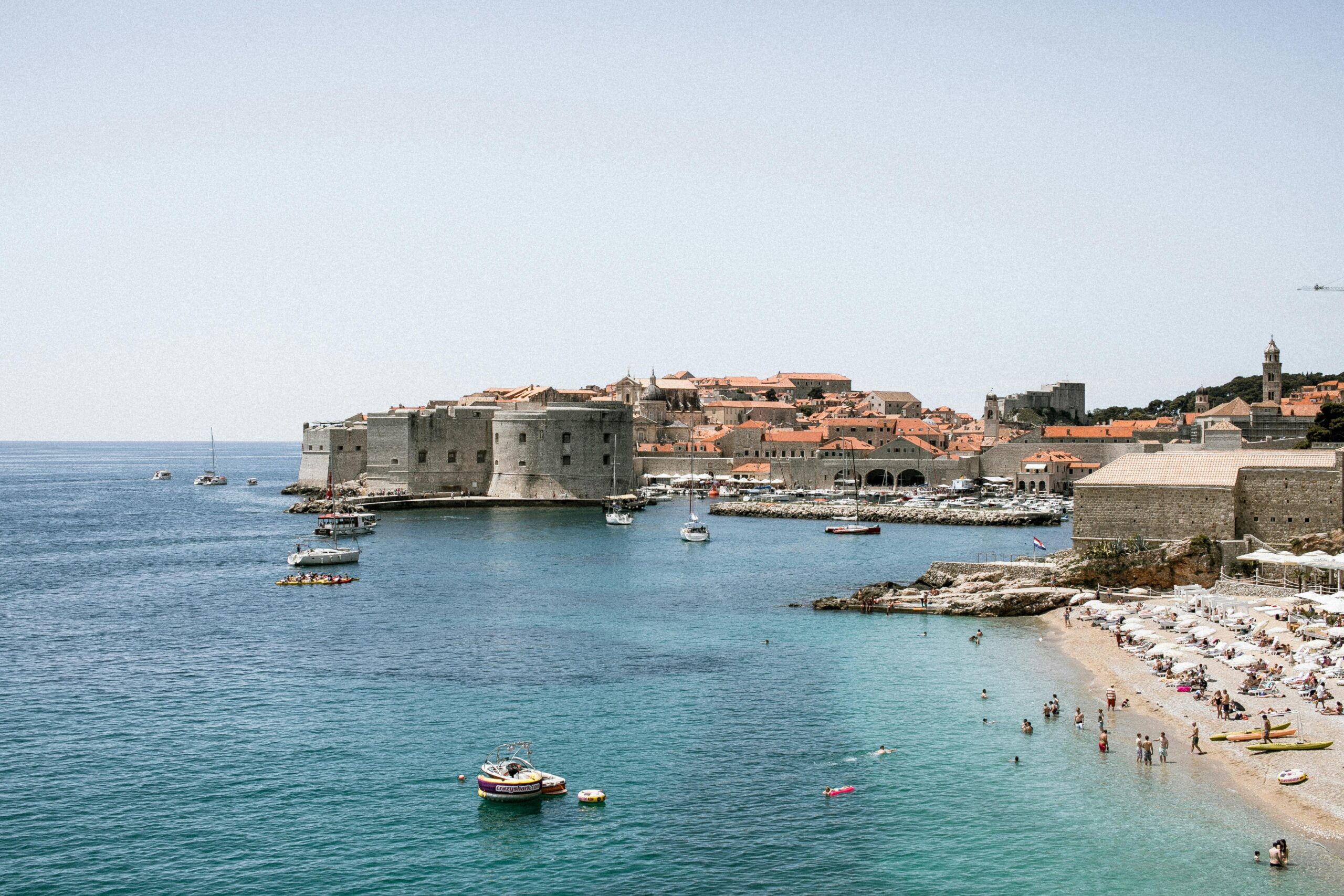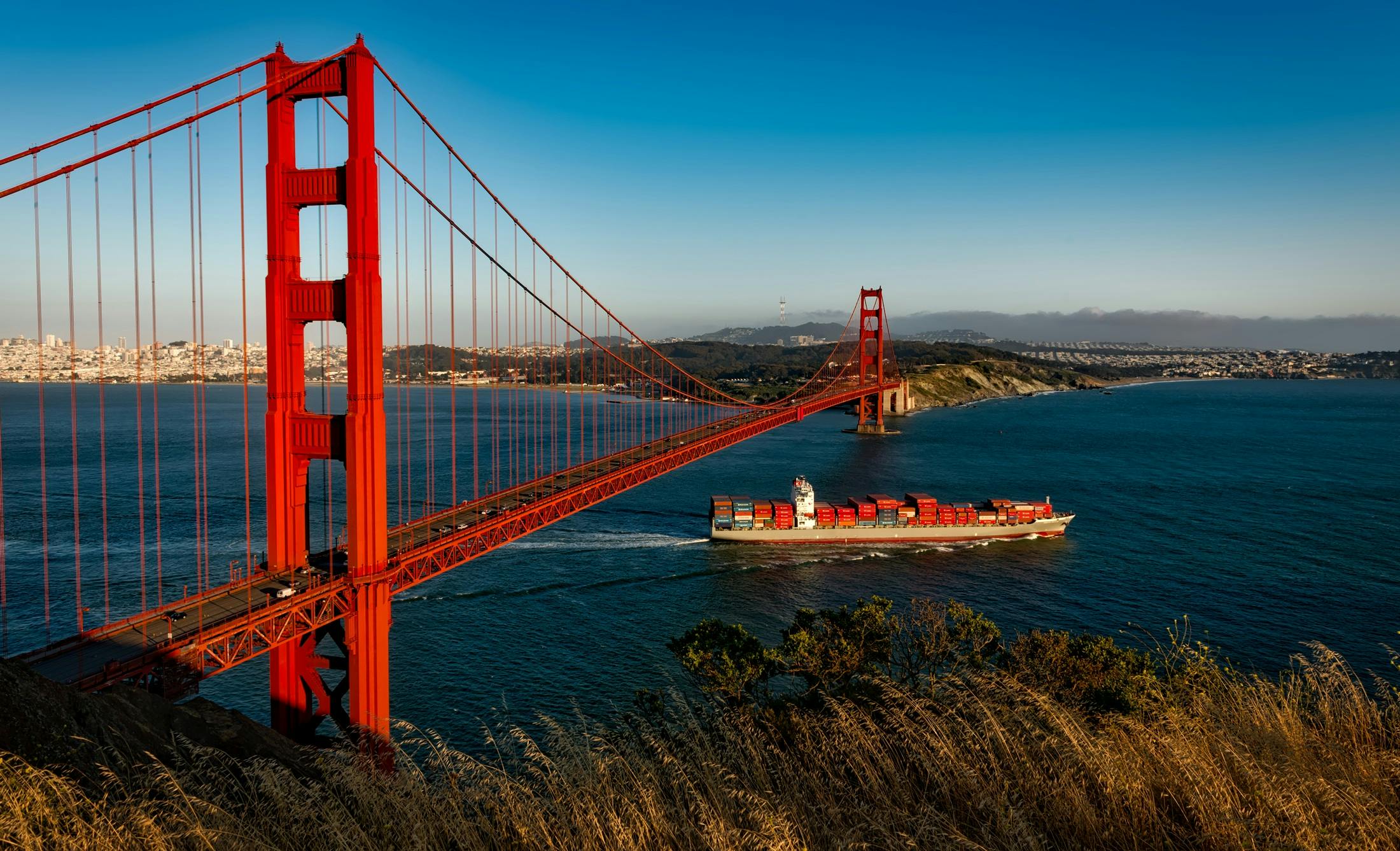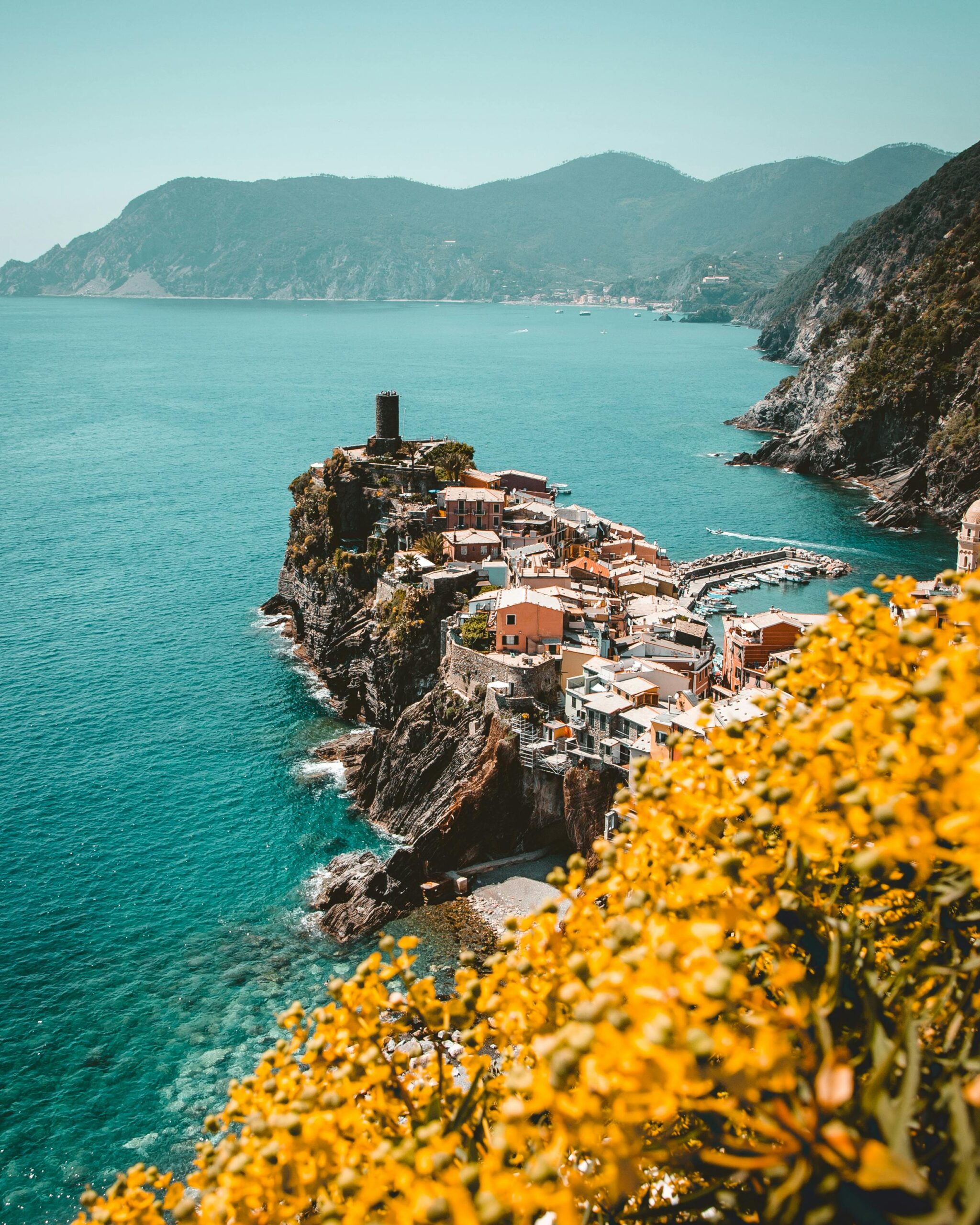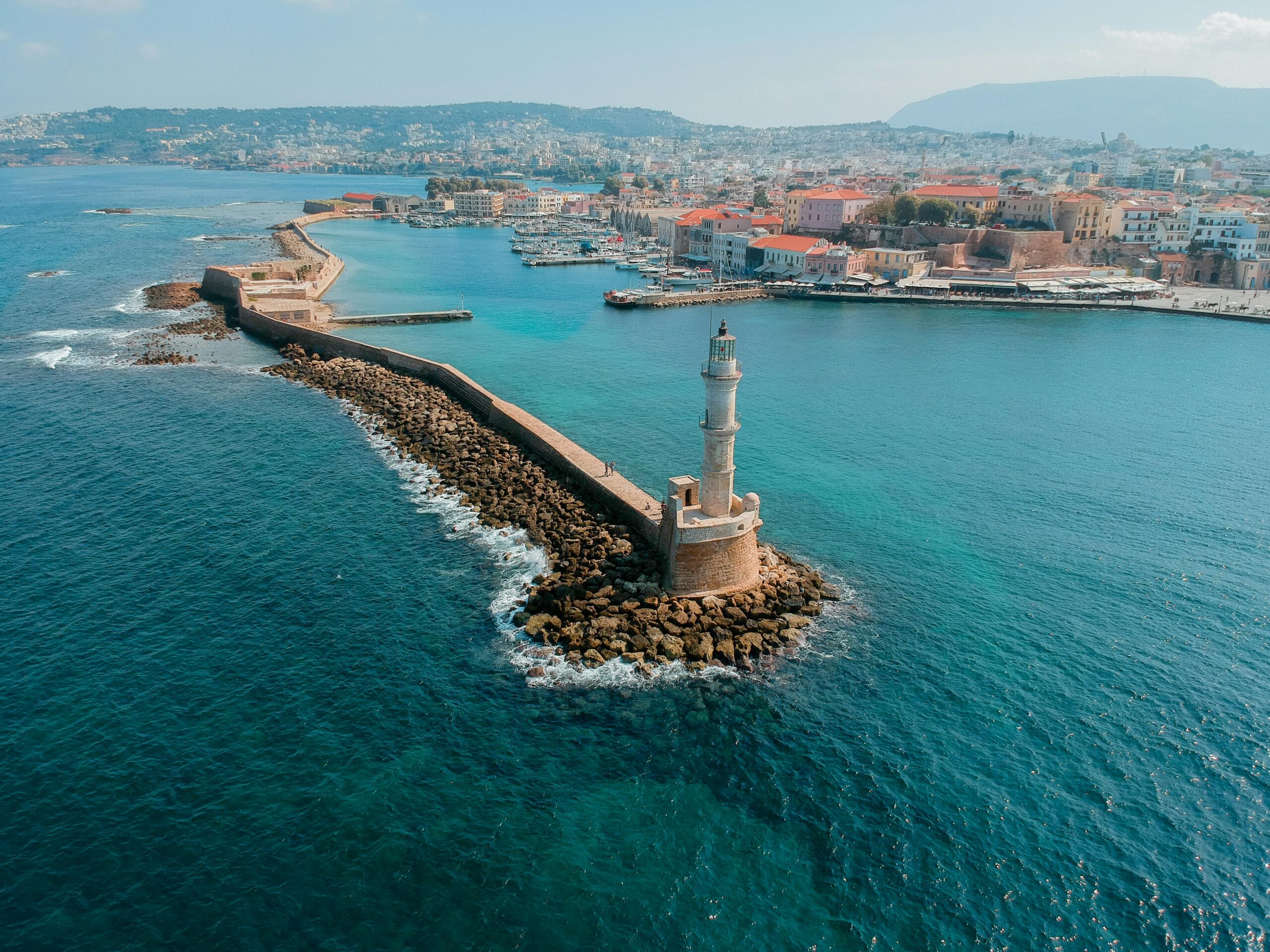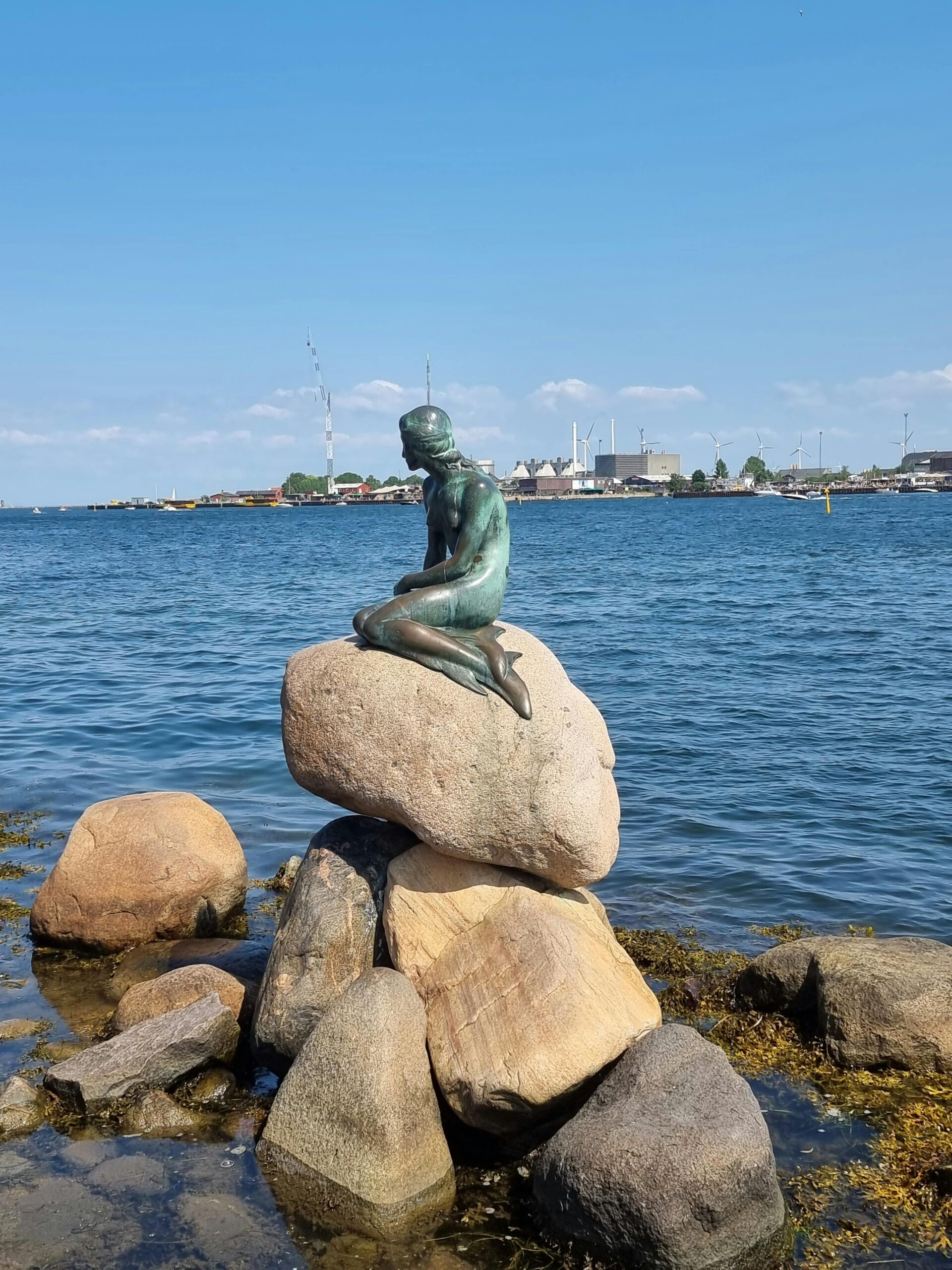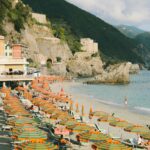Overview
Malindi is a coastal town in Kenya, located about 120 kilometers northeast of Mombasa. It is known for its rich history, diverse culture, and beautiful beaches. Here are some key points about Malindi
Historical Significance
- Swahili Coast Heritage: Malindi has a long history as part of the Swahili Coast, which was a hub for trade between East Africa, the Middle East, and Asia. The town has preserved many aspects of Swahili culture, including architecture, language, and cuisine.
- Portuguese Influence: In the 15th century, the Portuguese explorer Vasco da Gama visited Malindi, marking the beginning of European influence in the region. A pillar known as the Vasco da Gama Pillar stands as a monument to his visit.
- Arab Influence: Before the Portuguese, Arab traders had a significant impact on Malindi, contributing to the town’s Islamic heritage, which is still evident today.
Tourist Attractions
- Malindi Marine National Park: This protected area is famous for its coral reefs, marine life, and clear waters, making it a popular spot for snorkeling and diving.
- Watamu Beach: Just south of Malindi, Watamu Beach is known for its pristine sands and tranquil atmosphere. It's part of the Watamu Marine National Park, another prime location for water sports.
- Gede Ruins: Located a few kilometers from Malindi, the Gede Ruins are the remnants of a Swahili town that dates back to the 12th century. The site includes ruins of mosques, houses, and a palace, providing a glimpse into the region's medieval history.
- Falconry of Kenya: This is a sanctuary for birds of prey, offering visitors the chance to see and learn about these majestic birds up close.
Cultural Diversity
- Multicultural Community: Malindi is home to a diverse population that includes Swahili, Arab, Portuguese, and Italian influences. This mix is reflected in the town’s cuisine, festivals, and daily life.
- Cuisine: The food in Malindi is a blend of African, Arab, and European flavors. Seafood is abundant, and local dishes often include coconut, spices, and tropical fruits.
- Local Markets: Markets in Malindi, such as the Malindi Central Market, offer a vibrant array of local produce, crafts, and textiles, giving visitors a taste of the town's rich cultural heritage.
Economy
- Tourism: Tourism is a major economic driver in Malindi, with many visitors coming to enjoy the beaches, historical sites, and natural beauty.
- Fishing: Fishing is another important industry, both for local consumption and for export.
- Agriculture: The surrounding region is fertile and supports the cultivation of crops like mangoes, cashew nuts, and coconuts.
Challenges
- Environmental Issues: Coastal erosion and the impact of climate change are significant challenges for Malindi. Efforts are being made to protect the marine ecosystem and preserve the natural environment.
- Economic Disparities: Despite its tourist attractions, there are economic disparities in Malindi, with some areas experiencing poverty and lack of access to essential services.
Conclusion
Malindi is a town of historical depth, cultural richness, and natural beauty. Its unique blend of influences and attractions make it a fascinating destination for visitors and a significant location in Kenya's coastal region. Whether you are interested in history, culture, or simply enjoying beautiful beaches, Malindi has something to offer.

